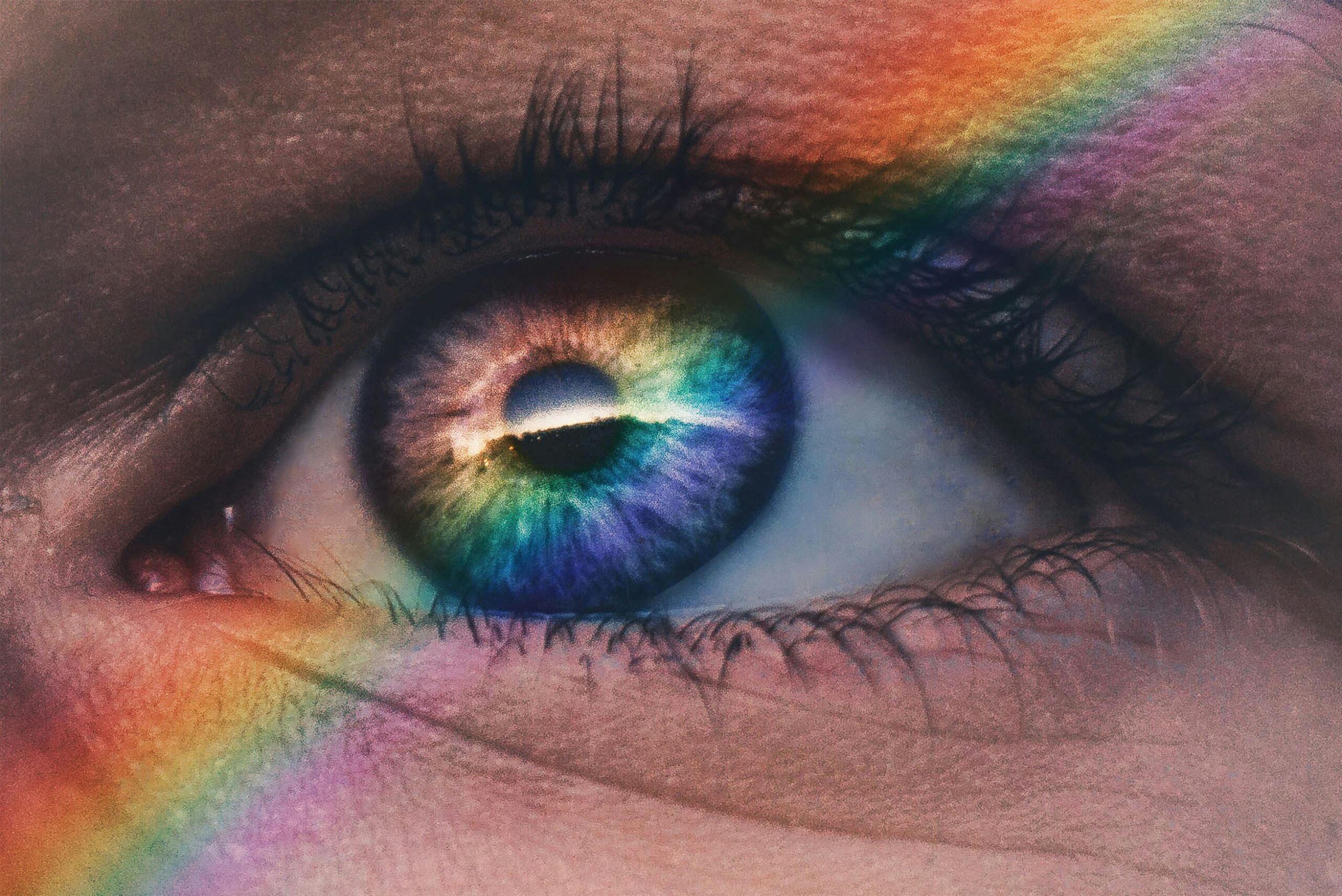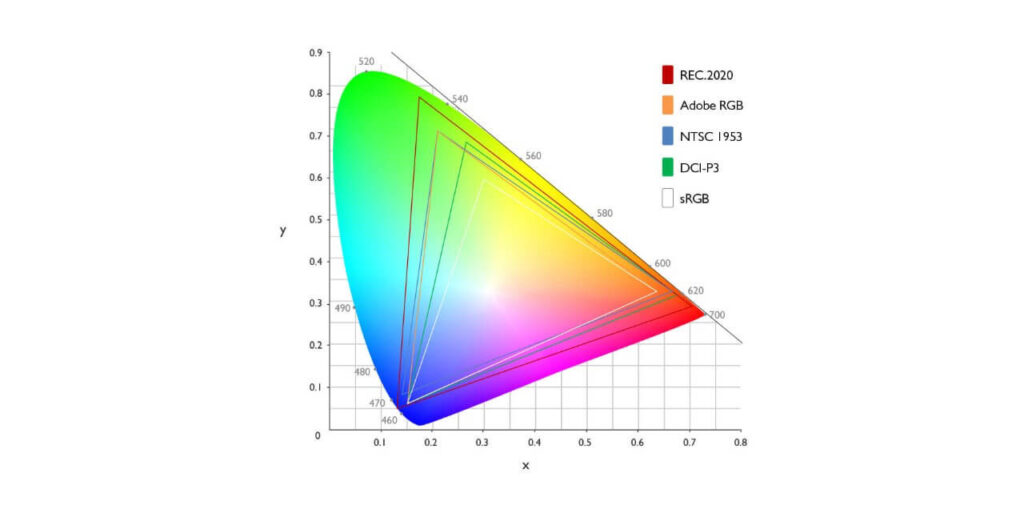
Choosing a Few from Millions of Colors, The Closure of Infinite Possibilities
Color is one of the fundamental building blocks of our visual world. Each color is a result of light waves reflecting and being processed by our eyes, yet beyond this, color carries psychological, cultural, and even philosophical meanings. In visual arts such as photography, color holds immense significance, both as a technical element and as a form of expression. Understanding how colors are represented across different color spaces plays a critical role in constructing visual compositions and conveying messages to the viewer.
Color Spaces: The Bridge Between Perception and Reality.
Color, in its simplest form, is a sensory experience generated by the light reflected onto our eyes and processed by the photoreceptor cells in our retinas. However, the way colors are processed in our visual system and represented in digital environments is far more complex. This is where color spaces come into play.

A color space is a system that mathematically defines colors and represents them in a multidimensional model. Each color space determines how colors are created based on different parameters, such as the red, green, and blue (RGB) model, or the cyan, magenta, yellow, and black (CMYK) model used in printing. Not all color spaces are the same; different formats are designed to provide the best color reproduction for different devices. For example, the RGB color space is most commonly used in screen-based media, where each color is formed by a combination of red, green, and blue light components.
In contrast, CMYK is widely used for printing technologies, where colors are produced using cyan, magenta, yellow, and black ink components. Thus, a color space functions as a kind of map, representing how colors are created in physical environments through digital or print systems.
Color and Reality
Beyond the technical definitions of color, color perception raises deeper philosophical questions about the nature of reality itself. Philosophical debates about color often center around the concept of “reality” in relation to color. Plato, for instance, regarded colors as mere “shadows” of true forms, suggesting that they were illusions in our sensory experience rather than reflections of an objective reality. Kant, on the other hand, viewed colors as a reflection of human mental structures, arguing that there is no color in the external world—only the result of our perceptual processes.
In this context, color becomes not so much a direct representation of reality, but a lived experience. This experience is shaped not only by individual perception but also by cultural and societal contexts. For instance, the color red in Western cultures is often associated with passion or danger, while in some Asian cultures, it signifies happiness and success. This illustrates that colors are not just physical phenomena but are also abstract products of human consciousness.
Technical and Expressive Dimensions
In photography, color demonstrates both its technical utility and its role as a storytelling device. In digital photography, colors are typically processed based on the RGB system, but the environment in which a photo is taken, the color sensitivity of the camera sensor, and the post-processing stage all greatly influence how colors are perceived. This is where color management comes into play: photographers use specific color profiles to ensure that the colors are accurately rendered, minimizing color loss.
On the other hand, color serves as a powerful tool in creating the emotional atmosphere of a photograph. Saturation, contrast, and tonal range all affect the viewer’s connection to the image. Warm colors (reds, oranges, yellows) often create a vibrant and energetic atmosphere, while cool colors (blues, greens, purples) can evoke feelings of calmness and tranquility. Thus, colors are not merely visual elements but also a symbolic language, rich with emotional depth.






Leave a comment